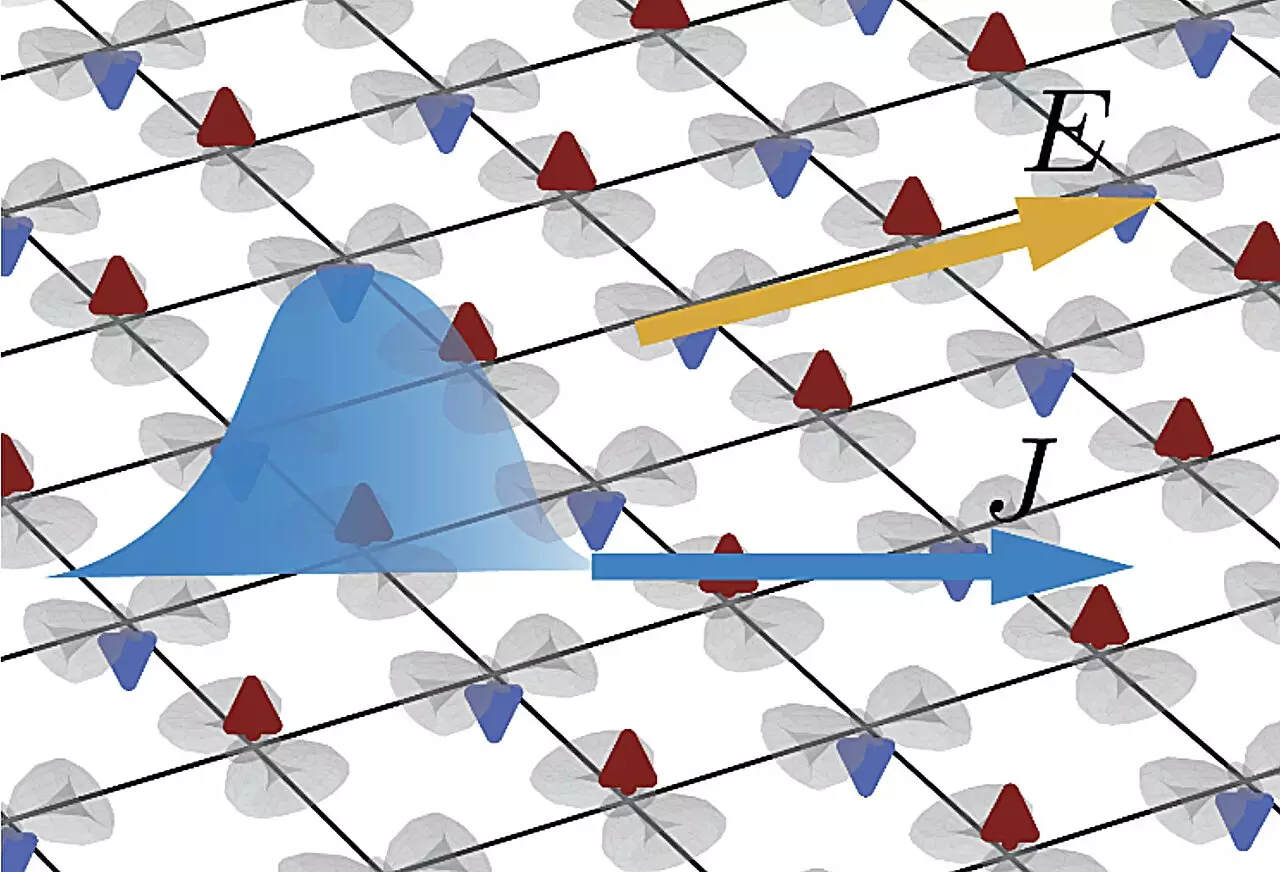In the rapidly evolving field of materials science, altermagnets have emerged as an exciting new category of magnetic materials that diverge from traditional concepts of magnetism such as ferromagnetism and antiferromagnetism. This new class is characterized by a distinctive form of magnetism wherein the electron spins are contingent upon their momentum, leading to unexpected behaviors and applications. Researchers are increasingly focusing on altermagnets due to their potential in the development of advanced technologies, especially in spintronic devices that utilize electron spin for information processing and storage.
The significance of understanding altermagnets lies not only in their application in technology but also in their role in enhancing our comprehension of complex topological materials. These systems are recognized for possessing exceptional electronic properties emerging from their geometric structure, positioning altermagnets as a key area for further investigation.
A pivotal study conducted by a team at Stony Brook University sheds light on the nonlinear responses exhibited by planar altermagnets. Their research, published in the esteemed journal Physical Review Letters, suggests that the unique quantum geometry of altermagnets influences their behavior in unexpected ways. Co-author of the paper, Sayed Ali Akbar Ghorashi, explains how recent experimental findings confirm the impact of quantum geometry in the second-order response of standard PT-symmetric antiferromagnets. However, what sets altermagnets apart is their lack of combined parity (P) and time-reversal (T) symmetry, which leads to a distinction in their quantum properties.
The team’s exploration aimed at disentangling the contributions of Berry curvature and quantum metric to the nonlinear responses in these materials. The researchers discovered phenomena that were not just consistent with their theoretical predictions, but yielded dramatic insights into the underlying mechanisms.
The investigative approach involved utilizing semiclassical Boltzmann theory to systematically compute the contributions of various parameters to the third-order nonlinear response of altermagnets. This methodological rigor allowed the researchers to attribute the nonlinear effects precisely to different geometric characteristics, revealing the quantum geometric roots of each term in the scattering time series.
What stood out in their findings was the notion that the normally expected second-order response in such materials was surprisingly absent due to inversion symmetry. This rendered the third-order response as the predominant nonlinear feature among altermagnets, marking them as a distinctive class within magnetic materials. Ghorashi highlights the significance of their findings: the substantial spin-splitting characteristic of altermagnets, combined with their weak spin-orbit coupling, reveals new dimensions of transport phenomena that extend beyond previously understood linear anomalous Hall conductivity.
Implications for Future Research
The revelations from this study not only challenge existing paradigms in magnetic materials but also pave the way for a deeper exploration into altermagnets. Researchers now have a fertile ground for investigating the distinctive features of nonlinear transport and quantum geometry in these materials. Future experiments could encompass a wider range of conditions, including the impact of disorder effects—an aspect already shown to enhance the complexity of the physics within PT-symmetric antiferromagnets.
As the research on altermagnets unfolds, it may provide critical insights to optimize their applications in technology and also deepen our understanding of quantum phenomena. The interplay between theoretical predictions and experimental realizations will likely serve as a scaffold for the next wave of breakthroughs in materials science and condensed matter physics.
In an era marked by technological advancements and the need for innovative materials, the study of altermagnets emerges as a frontier that could dramatically reshape our understanding and application of magnetic properties. The significance of unraveling their unique behaviors and transport mechanisms may extend beyond academia into practical realms, influencing the future of electronics and information technology. Researchers are poised at the cusp of discovering what lies ahead, ensuring that the journey of exploring altermagnets is only just beginning.

